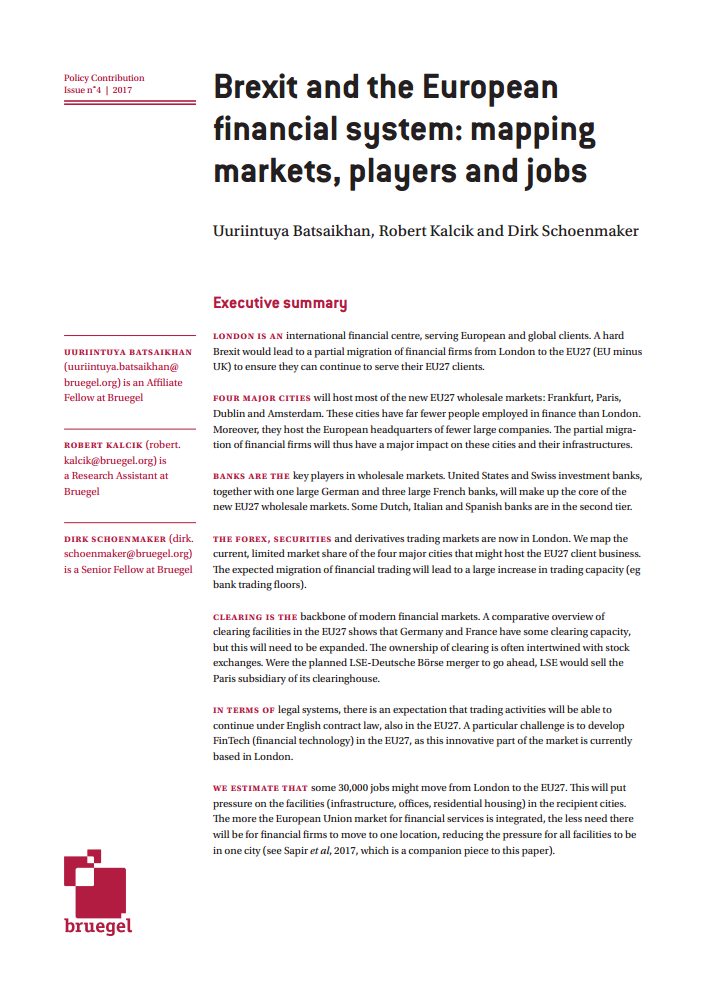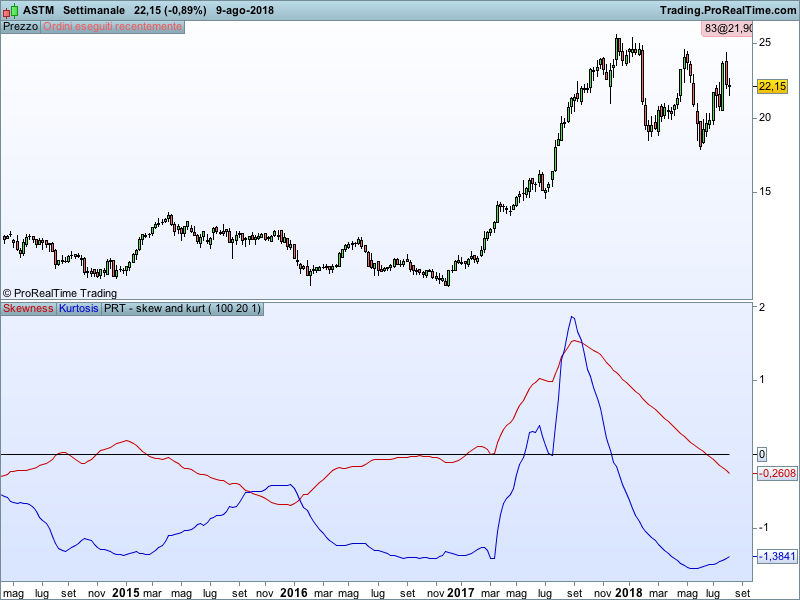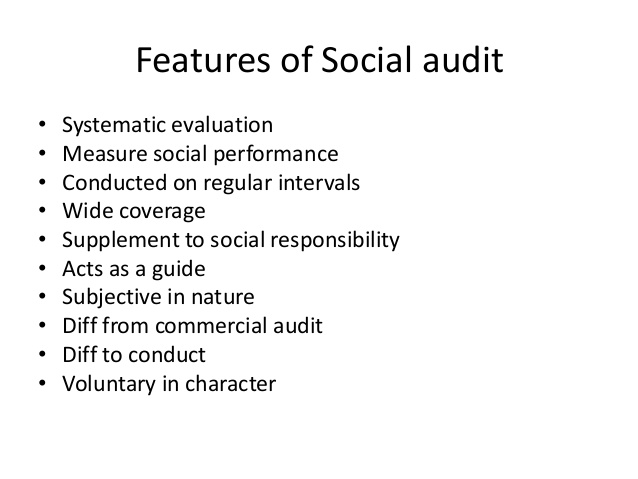Contents:


A short collection period may not always be advantageous because it may merely indicate that the organization has rigorous payment policies in place. Clearly, receiving payment for goods or services given in a timely manner is critical for a business. It allows the company to maintain a level of liquidity, allowing it to pay for immediate needs and obtain a sense of when it might be able to make larger acquisitions. The average period to collect a receivable can vary widely between different companies and industries.
Cost of goods sold divided by average accounts receivable. Average accounts receivable divided by average inventory. Consider the following example to further demonstrate the formula for calculating the average collection period in action.
Best average collection period for your business
The times interest earned formula is calculated as earnings before interest and taxes divided by ________ ________. Mathematically, the current ratio is expressed as current assets divided by ________ ________. Not every firm handles credit and cash in the same way. Although cash on hand is vital for all businesses, some rely more on it than others. Customers may have been given shorter payment terms by the company. An increase in the average collection period could be a sign of any of the problems listed below.
Average payment period is asolvency ratiothat measures the average number of days it takes a business to pay its vendors for purchases made on credit. This is because of failing in the collection of credit sales or converting the credit sales into cash in a short period of time will adversely affect the company in at least two things. From the business’s perspective, this metric is resourceful in terms of determining the overall efficacy of the account receivable practices and policies that are currently in play. Businesses must be able to ensure that their average collection period is sorted, to operate smoothly. The average collection period should be closely monitored so you know how your finances look, and how this impacts your ability to pay for bills and other liabilities. There’s a big difference between knowing you’re due to be paid $10,000 and safely having it in your business bank account.
For example, the median DSO for the machinery https://1investing.in/ is 57 days, whereas, for the metals and mining industry, it’s 32 days. Calculating average collection period PYMNTS reports state that 88% of businesses automating their AR processes see a significant reduction in their DSO. In short, the average payment period is an indicator of how efficiently the company utilizes its credit benefits to cover its short-term need for supplies. Credit arrangements are facilitated from the supplier’s end whenever a company makes a bulk purchase.
How to calculate average collection period
This is because it implies that the business can collect the money more quickly, as compared to other companies. This figure is perhaps the most significant figure that indicates the ability of the company to pay off the short-term debts without relying on any additional cash flows, or sources of funding. Another way to optimize the average collection period is to streamline your customer invoicing. This can be done with the help of an automated AR service, like Billtrust, to ensure that your billing stays fast, which frees you to focus on the more significant elements of your business. Generally, you want to keep your average collection period or DSO under 45 days; however, this number can vary by industry. The current ratio is a liquidity ratio that measures a company’s ability to cover its short-term obligations with its current assets.
- The average collection period is the number of days it takes a company to collect its receivables on average.
- While the collection period formula is useful for measuring how efficiently you collect receivables, it has its limitations.
- Most businesses rely on cash flow they have yet to receive from customers who have purchased their goods and services.
- In other words, Light Up Electric “turned over”—i.e., converted its AR into cash—21 times during the year.
- The current ratio is a liquidity ratio that measures a company’s ability to cover its short-term obligations with its current assets.
- These include white papers, government data, original reporting, and interviews with industry experts.
If a company can collect the money in a fairly short amount of time, it gives them the cash flow they need for their expenses and operating costs. However, the longer the repayment period, the more energetic the company might need to become in order to collect the cash they need. This calculation is closely related to the receivables turnover ratio, which tells a company’s success rate in collecting debts from customers.
What is Average Collection Period? (Formula & Interpretation)
Get comprehensive workflows to manage your global portfolios. Our bond YTM quickbooks payroll will help you to calculate the yield to maturity of your bonds. This has been a guide to Average Collection Period Formula, here we discuss its uses along with practical examples. We also provide you with the Average Collection Period calculator along with a downloadable excel template. The first formula is mostly used for the calculation by investors and other professionals.

Net credit sales also subtracts the number of cash sales. Since we are focusing on credit collection, this would not apply to cash sales. When analyzing financial ratios of several different but similar companies, a company can better understand whether it is an industry-leader or whether it is falling behind. The asset turnover ratio is another important metric. It measures the value of a company’s sales or revenues relative to the value of its assets and indicates how efficiently a company uses its assets to generate revenue.
Average Collection Period Formula Calculator Excel template
Therefore the average collection period analysis is critical. In other words, it refers to the time it takes, on average, for the company to receive payments it is owed from clients or customers. The average collection period must be monitored to ensure a company has enough cash available to take care of its near-term financial responsibilities.
Instead, you can get more out of its value by using it as a comparative tool. Find out the specific period that’s acceptable for your particular industry. Also, comparing your AR collection period to other firms in your industry, particularly those who you know performs well, can help you gauge how well your own cash management is doing.
Your Easy Guide to Accounting for Small Business
Your average A/R collection period is an important key performance metric . It’s smart to know how to calculate your collection period, understand what it means, and how to assess the data so you can improve accounts receivable efficiency. From 2020 to 2021, the average number of days needed by our hypothetical company to collect cash from credit sales declined from 26 days to 24 days, reflecting an improvement year-over-year . As an alternative, the metric can also be calculated by dividing the number of days in a year by the company’s receivables turnover.

Date at which money has been received from the customers. Get instant access to video lessons taught by experienced investment bankers. Learn financial statement modeling, DCF, M&A, LBO, Comps and Excel shortcuts. If the average A/R balances were used instead, we would require more historical data. However, using the average balance creates the need for more historical reference data.
The Average Collection Period is the time taken by businesses to convert their Accounts Receivables to cash. ACP is commonly referred to as Days Sales Outstanding and helps a business track if they will have enough cash to meet short-term financial requirements. The platform allows you to create personalised payment reminders, set up automatic chasing schedules and even send friendly payment requests via email and SMS to your customers. You can also keep track of payments with visual reports, allowing you to manage outstanding invoices proactively. Chaser’s automated credit control platform is designed to reduce your collection period, increase cash flow and save you time.
In order to calculate the average collection period, the company’s accounts receivable (A/R) carrying values from its balance sheet are needed along with its revenue in the corresponding period. If this company’s average collection period was longer—say, more than 60 days— then it would need to adopt a more aggressive collection policy to shorten that time frame. Otherwise, it may find itself falling short when it comes to paying its own debts.
Sensex ends 235 pts higher, Nifty adds 90 pts; Divi’s Lab jumps 10% Mint – Mint
Sensex ends 235 pts higher, Nifty adds 90 pts; Divi’s Lab jumps 10% Mint.
Posted: Wed, 12 Apr 2023 10:12:30 GMT [source]
It refers to the average time it takes for the company to receive the money its clients or consumers owe. A business has to manage the average collection period effectively to ensure that a company has adequate cash on hand to meet its short-term financial obligations. Average Collection Period is defined as the amount of time that is taken by the business to receive payments from its customers against the credit sales that have been made to these clients. This is a metric that is used by businesses to determine the number of days it takes for the cash to be received, from the day of the sale. That’s because it may be due to an inadequate collection process, bad credit policies, or customers that are not financially viable or creditworthy.
Check Your International Bills and Coins — They Could Be Worth Big Money – AOL
Check Your International Bills and Coins — They Could Be Worth Big Money.
Posted: Wed, 12 Apr 2023 11:00:24 GMT [source]
While seeking payments and retaining customers, one can easily miss out on timings. Additionally, since construction companies are typically paid per project , they also depend on this calculation. Since payments on these projects can fund other projects, they need to make sure clients are paying on time and in the correct amounts. One example of the need for this formula is in banking. We can apply the values to our variables and calculate the average collection period.